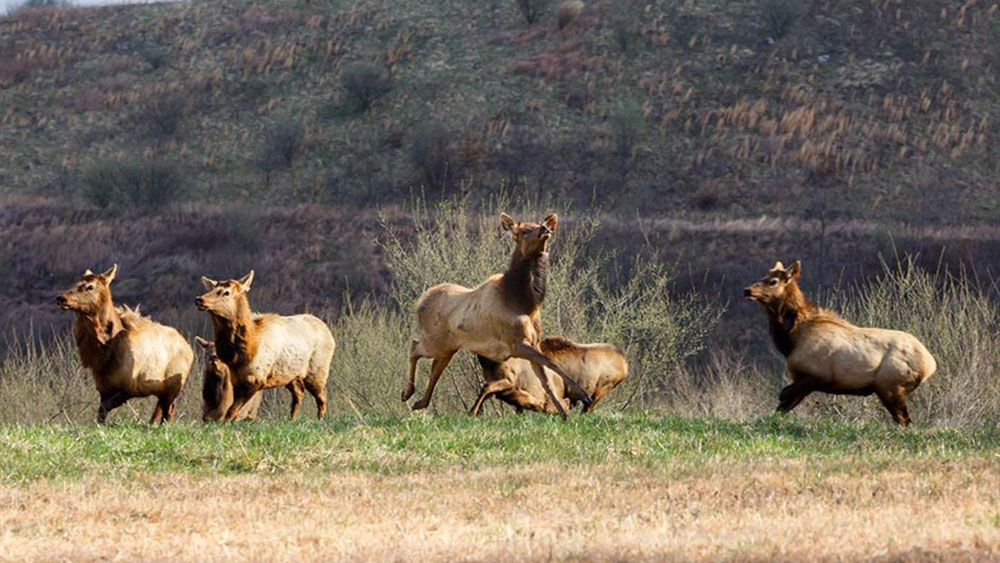2022 marks the sixth year that elk calves hit the ground in West Virginia since their successful restoration. Biologists are keeping an eye on the overall elk population as it continues to grow.
A year ago, the West Virginia Division of Natural Resources (DNR) estimated 15 to 20 new calves were born and captured 17 of them during the following winter for collaring purposes.
The pen used to hold elk during the original introduction remains in place. Wildlife officials hope to use it in the future to either augment its herd or to capture elk and move them to other locations. Additionally, they are installing what they call a “squeeze chute system,” that will allow them to individually handle and monitor individual animals, thanks in part to grant funding provided by the Rocky Mountain Elk Foundation.
“When we get to the point we want to move elk or relocate elk from here to someplace elk or if we get the opportunity to bring elk in from somewhere else, we’ll have the squeeze chute to handle them individually without having to drug them and that’ll make it a lot less stressful on the animals,” Randy Kelly, DNR elk project leader, told West Virginia Outdoors. “In previous years when we brought in the Arizona elk in, we were handling them on a very hot day, sunny day, first part of June type of thing and it was real stressful.”
Concerns over chronic wasting disease mostly halted nationwide elk restoration efforts over the last several years, and will most likely continue until a test is developed to address the disease.
RMEF has a long history with West Virginia’s elk herd. RMEF provided funding and volunteer manpower to assist with the successful introduction of elk onto their historic West Virginia range in 2016 and additional land protection, habitat enhancement and elk augmentation work since then.
Since 1997, RMEF and its partners completed 53 conservation and hunting heritage outreach projects in West Virginia with a combined value of more than $9.8 million. These projects conserved and enhanced 33,432 acres of habitat and opened or improved public access to 32,371 acres.
(Photo source: West Virginia Division of Natural Resources)
